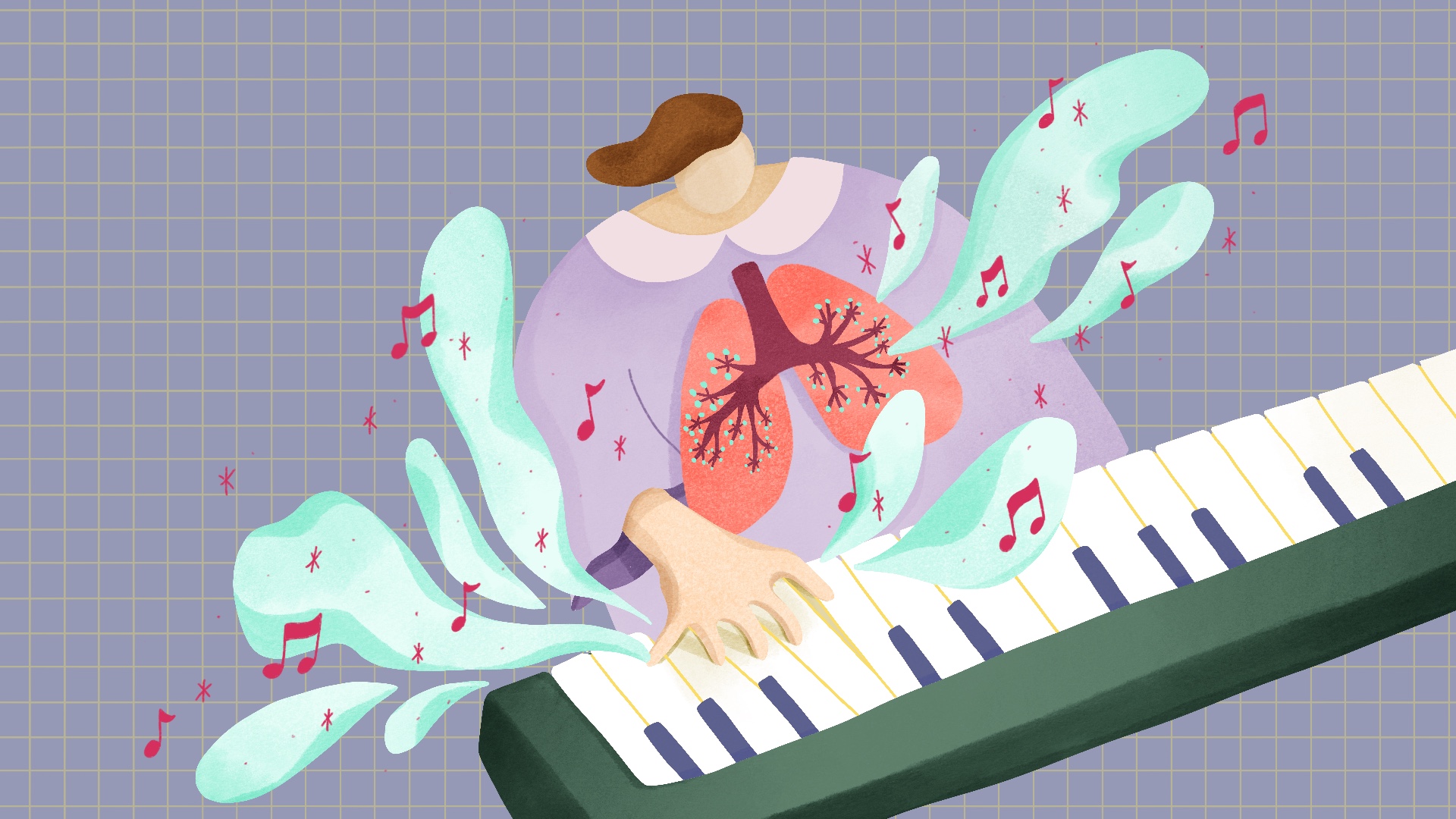
2Inspire
2020-ongoing
As a human-computer interaction (HCI) designer and artist, I am the PI for an interdisciplinary team researching the relationship between the quality of breathing and exceptional performance. Our team includes a biologist studying fundamental mechanisms of breathing (Peng Li - Life Sciences), a biomedical engineer (James Ashton-Miller - Engineering), a keyboard performer (Joseph Gascho - Music), and a physician-scientist (Muneesh Tewari - Internal Medicine). I developed this idea during U-M’s Biosciences Ideas Lab (based on NSF’s Ideas Labs) and our team was awarded $470k from UM’s Biosciences Initiative.
This project aims to understand the relationship between the quality of breathing and exceptional performance. In the field of music, the quality of performance is measured by more than just playing the notes accurately. A performance might be considered exceptional for a number of reasons including its virtuosity, expressiveness, lyricism, and creativity. In the case of wind instruments and voice, the sound is literally the sonification of the performer’s breathing for the audience. There is therefore a direct correlation between any exceptionalism in musical performance and the breathing of the performer. However, controlled breathing is essential to the performance of all musical instruments as well as to performance in a number of other fields. Using sensors, our first objective is to understand the relationship between breathing quality and exceptional musical performance. We will then use data visualization, sonification, and/or visceralization (haptics) to communicate breathing data back to musical performers. We hypothesize that we can improve musical performance by providing multisensory feedback of breathing data to the performer. This work will result in publications within each of our fields and culminate in a live performance at UM where the breathing of performers is communicated to a live audience.
Illustration by Shannon Yeung
This project aims to understand the relationship between the quality of breathing and exceptional performance. In the field of music, the quality of performance is measured by more than just playing the notes accurately. A performance might be considered exceptional for a number of reasons including its virtuosity, expressiveness, lyricism, and creativity. In the case of wind instruments and voice, the sound is literally the sonification of the performer’s breathing for the audience. There is therefore a direct correlation between any exceptionalism in musical performance and the breathing of the performer. However, controlled breathing is essential to the performance of all musical instruments as well as to performance in a number of other fields. Using sensors, our first objective is to understand the relationship between breathing quality and exceptional musical performance. We will then use data visualization, sonification, and/or visceralization (haptics) to communicate breathing data back to musical performers. We hypothesize that we can improve musical performance by providing multisensory feedback of breathing data to the performer. This work will result in publications within each of our fields and culminate in a live performance at UM where the breathing of performers is communicated to a live audience.
Illustration by Shannon Yeung